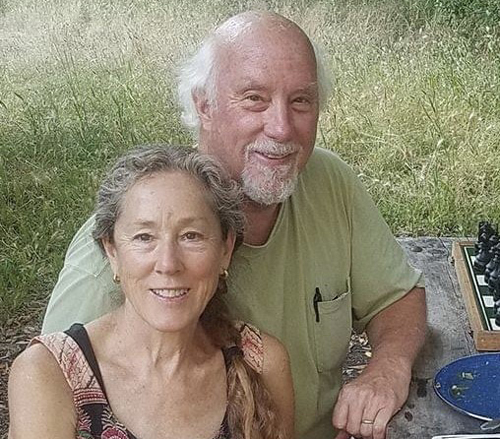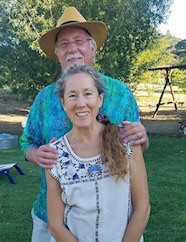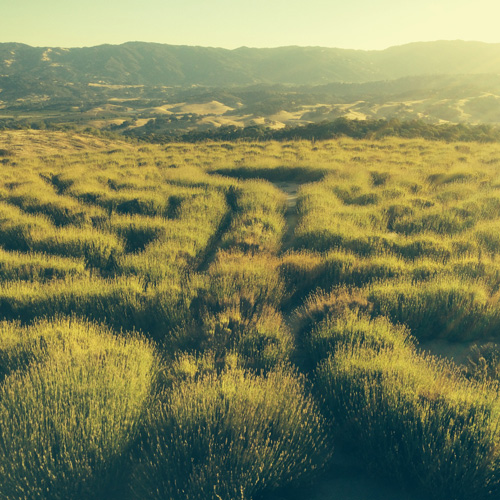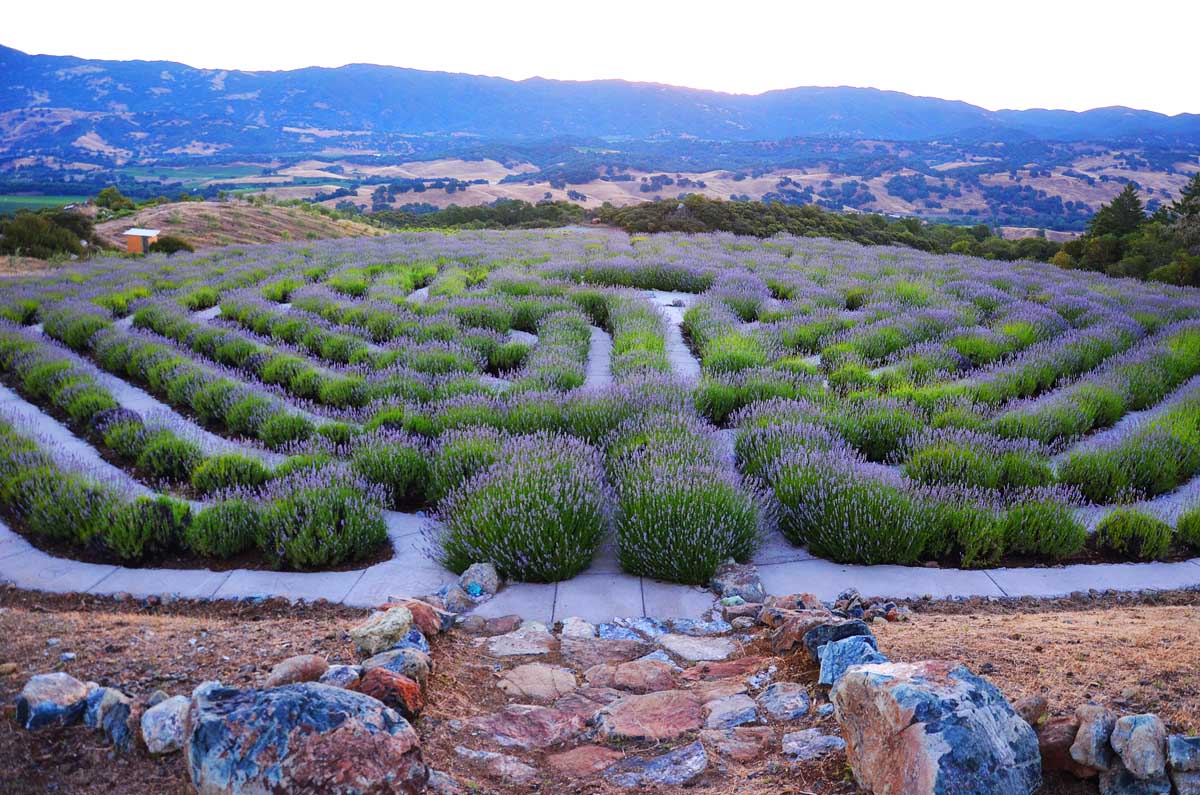

Our Mission and History
Welcome to SunHawk Farms, a small family-owned biodynamic farm and homestead overlooking the lush Hopland valley in Mendocino County, California.
Situated on what was originally Pomo Indian territory, Duncan Springs Road was home to the historic Duncan Springs Resort established in the 1800’s known for its rejuvenating mineral waters and was also a common stopping place for travelers to replenish drinking water reserves. Duncan Springs Resort hosted the Grateful Dead band in 1967 but its accommodations are no longer active.
John Schaeffer and Nantzy Hensley purchased the 320 acres for SunHawk Farms in 1998 and did so with a commitment to steward and care for the land in the most sustainable and regenerative way possible. Their children, Sara, Ashley, and Cy, together with their five grandchildren, Sailor, Lila, Jules, Sebastian, and Soleil have grown up at SunHawk as their home away from home forging lifelong memories with recreation around the lake and walks into the deep forest for nature experiences. John and Nantzy founded Real Goods and the Solar Living Institute which they ran for over 40 years out of the Solar Living Center in Hopland.
Real Goods sold the very first photovoltaic solar panel at retail in the world back in 1978. The Solar Living Institute which taught solar and sustainable living to thousands of students over the years comes alive at SunHawk where all those forward thinking ideas come into practice. Real Goods and the Solar Living Center were sold in 2019 and now the family is spending much of its time perfecting the biodynamic farm at SunHawk. John and Sara are currently running the site as a sustainable event center.
SunHawkFarms: A Place In The Sun
Watch this short video for a SunHawk overview
Rejuvenate, Swim, Play
Our mission is to connect friends and family to each other and to nature at the most intimate level.
SunHawk Main Residence
The main residence, SunHawk, is a masterful example of sustainability. The property is entirely off the grid with zero fossil fuels used.
For energy, SunHawk is powered by a 25 kW solar system providing electricity during the summer months, and a hydroelectric system providing energy from December through May or whenever the seasonal creek is flowing.
The 2,900-square-foot roundhouse is oriented to the cardinal directions and patterned after a Red-Tailed Hawk. In Native American tradition, the hawk symbolizes many things, one of them being vision. Unique in its design, the home incorporates a solar calendar on the living room floor, where sunlight passing through the stained glass window above, marks the passing seasons.
On the winter solstice, sunbeams stream through a stained-glass hawk above the south-facing French doors, causing the bird to “fly” across the floor from west to east. At exactly solar noon, the sun illuminates a garnet on the living room wood stove. The house is constructed almost exclusively of recycled materials – the main walls being made of ‘Rastra Block’ a material made from 85% recycled stryofoam and 15% cement.
Note that only the 'SunHawk Suite' is available for rental and not the entire home where the owners still reside.
The Lavender Labyrinth
A labyrinth is an ancient symbol that relates to wholeness. It combines the imagery of the circle and the spiral into a meandering but purposeful path. The Labyrinth represents a journey to our own center and back again out into the world.
“Lose yourself to find yourself.”
– Rudolf Steiner
Labyrinths have long been used as meditation and prayer tools. A labyrinth is an archetype with which we can have a direct experience. We can walk it. It is a metaphor for life’s journey. It is a symbol that creates a sacred space and place and takes us out of our ego to “That Which Is Within.”
The “walls” that separate the path of our labyrinth are of biodynamic lavender planted and designed by Tom Brower atop a beautiful hilltop overlooking the Hopland Valley. The design is modeled after a 14th century labyrinth from San Quentin, France. You can see our labyrinth at the World-Wide Labyrinth Locator, where you can call and reserve a time for a visit.
Each morning Nantzy and I get up at 6:00 and walk the labyrinth. It takes seven minutes to walk the center from the outside and 700 steps to get around the 700 plants. It puts you on another planet.
This serves humans and bees alike as our honey bees enjoy the lavender blossoms creating lavender honey.



